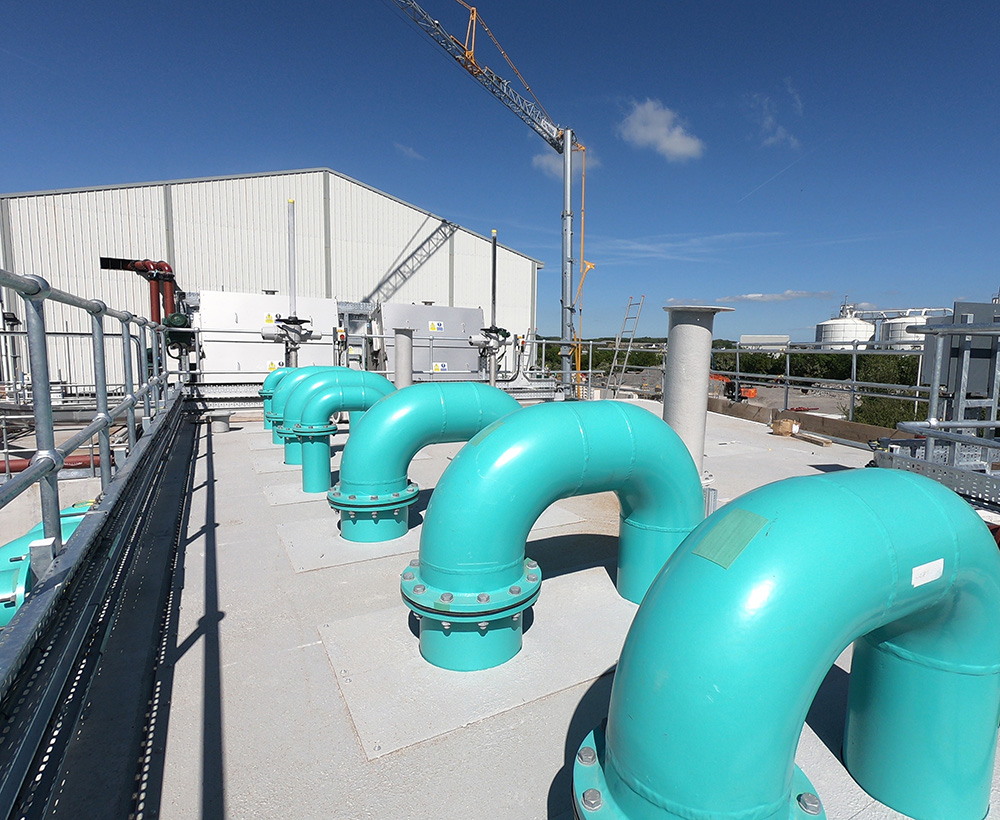South West Water has made significant upgrades to its wastewater infrastructure across Plymouth to further improve water quality in the Plymouth Sound and protect bathing water quality at Plymouth Hoe East and West beaches.
The £26million investment included improving key combined sewer overflows (CSOs) across the city, removing surface water from the sewerage network in Cattedown and increasing stormwater storage capacity in Stonehouse.
Ultraviolet (UV) disinfection technology has also been installed on the CSO at Plymouth Central Wastewater Treatment Works. This is the largest UV treatment plant of its type for intermittent discharges in the UK.
South West Water’s Senior Project Manager Mike Court explained: “South West Water’s PR14 Business Plan included proposed improvements at a number of CSOs in Plymouth. At that stage it was anticipated that a conventional approach to CSO spill improvements would be taken by providing stormwater attenuation facilities at multiple locations across the city.
“At solution development stage, hydraulic modelling was initially undertaken to ascertain the storage volumes required. This exercise identified a total stormwater storage requirement at nine CSOs of 65,000 cubic metres, of which 60,000 cubic metres was at Plymouth Central Wastewater Treatment Works. The Plymouth Central storage requirement was not only significantly more than the 5,500 cubic metres anticipated at PR14 business planning stage, presenting a significant affordability challenge, but was also impractical and unsustainable to construct.”
This prompted a need for the company to better understand the relationship between CSO discharges and bathing water quality so that investment could be outcome driven and targeted at improving water quality in the most effective way. Hydrodynamic modelling was used to assess the individual impact that each CSO discharge has on bathing water quality so that investment could be targeted at the locations that generated the greatest improvement.
Mike said: “The analysis showed that approximately 95% of the problem was attributable to four assets. Further investigation indicated that Plymouth Central CSO alone contributed around 75%.
“As we had already established that constructing storage at Plymouth Central was not practicable it was agreed that the best solution was to disinfect the discharges from Plymouth Central CSO using UV treatment and to limit spills at the other three assets by providing storage. Improved storm screening was also provided at a number of other CSOs. The proposal was presented to and approved by the Environment Agency.
“Challenging the traditional methodology and adopting an innovative outcome-based approach to improving bathing water quality has demonstrated that investment could be targeted at the CSOs that had the greatest impact on the environment. In addition, the adoption of UV to treat stormwater at Plymouth Central rather than storage was a much more sustainable and cost-effective solution providing year-round protection as opposed to only during the bathing season.






